Do you truly know what you eat? Blockchain does!
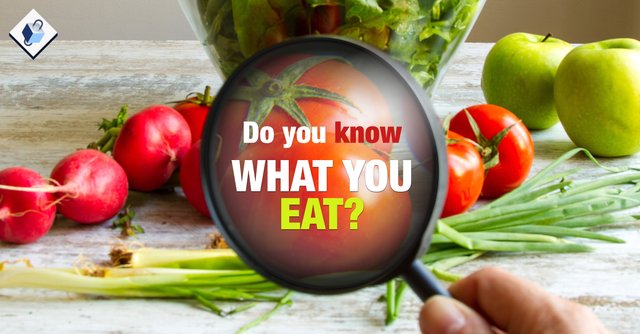
Trust is hard to get and easy to destroy. And when it comes to one’s health, trust becomes even more fragile: break it even once, and people will never forget!
This is what is happening to food industry nowadays. Many brands, even the most outstanding, have been hit by food scandals which have rocked consumers reliability in their products.
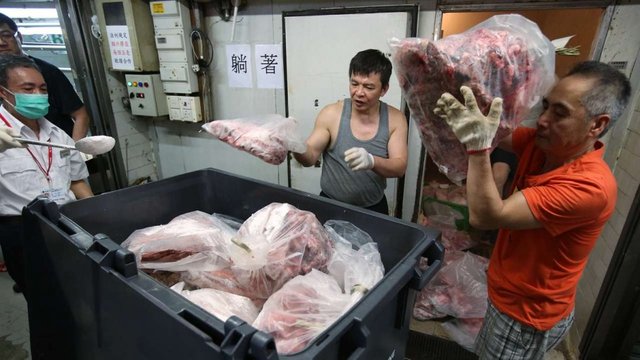
Maybe the very beginning of trust dwindling in food industry began in the 17th Century, when for the first time the affair of fraudsters watering down milk and adding chalk to bread in order to squeeze out as much profit as possible came to light; then there was the mad cow disease epidemic, a result of contaminated British beef. Later came the horsemeat scandal, the “Meat-free” vegan food sold at Britain’s leading supermarkets that resulted to contain traces of meat, the E. coli cases linked to the Mexican-themed restaurant chain Chipotle, the 2009 Salmonella peanut butter outbreak, the most recent scandal of two of Brazil’s largest meat production firms and hundreds of thousands of other cases which made the “you are what you eat” slogan sound a little bit sinister.

The World Health Organisation estimates that almost 1 in 10 people become ill every year from eating contaminated food, with 420,000 dying, while individuals tampering with our food estimated to cost UK families up to £1.17 billion a year.
For organizations who find themselves caught up in a food scandal, the consequences can be dire. The cost of one adulteration verdict can be up to 15% of annual company revenues, not to mention the damage to organizational reputation and brand loyalty that inevitably occurs.
If it is true that at the present time the global food supply chain has grown so complex that it has become almost impossible for food producers and retailers to guarantee the provenance of their products, is also true that — as in any other industry –there have always been and there will always be those who take advantage of opportunities to make their profit, damaging the others.
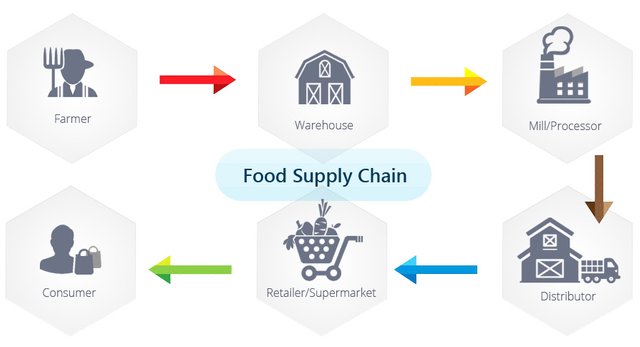
Current food safety and quality management systems are not designed to detect, neither to prevent fraud occurring in our food while, on the other hand, in recent years consumers have become more health-conscious and are savvier about what exactly goes into their food and they don’t simply rely solely on the information on packaging anymore or on generalised terms such as “healthy” or “organic”: they strongly demand full traceability, clear information, sustainability compliance. But as it stands, the supply chain in the food industry is inadequate and it has no choice but to be more transparent beyond labeling and packaging.
.jpg)
“Institutional trust is not designed for the digital age”, asserted Rachel Botsman, author and global thought leader on the power of the collaboration and sharing through digital technologies to transform the way we live, work, bank and consume. She identifies the technology which can help consumers to regain trust in the food industry in the still unexplored power of blockchain.
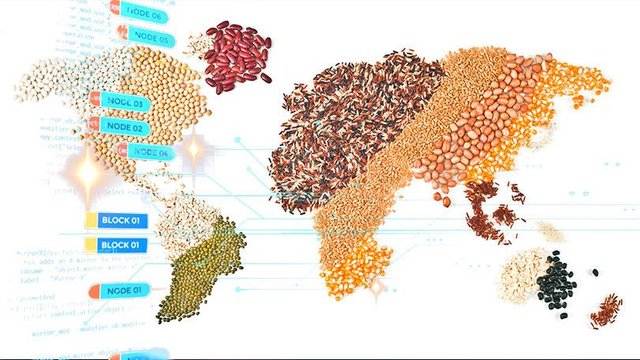
Initially adopted in finance, the blockchains’ decentralized system has huge potential for the traceability of supply chains: it is able to stores information without any centralised third party and in a way that prevents it from being manipulated by anyone, as its databases have a set of protocols with rigid rules which make all the data captured immutable and accurate. This makes consumers sure they can trust this data: they are offered the transparency and openness needed to reassure them that the food they eat is exactly what the label says, as they have access to the same supply chain data that food suppliers have, what is prohibited by the current information asymmetry.

Producers, on the other hand, are able to have an end-to-end view of the entire food supply chain and can see what role intermediaries have played in provenance of their products: any attempts to tamper with a food item as it moves through the supply chain can be immediately identified and prevented before the food ever reaches the retailers The latter can easily identify the sources of contaminated food and deal with major contamination quickly and effectively, eliminating the need for costly batch recalls.
This way Blockchain can reveal the whole backstory behind our food: harvesting, movement, processing and consumption of food.
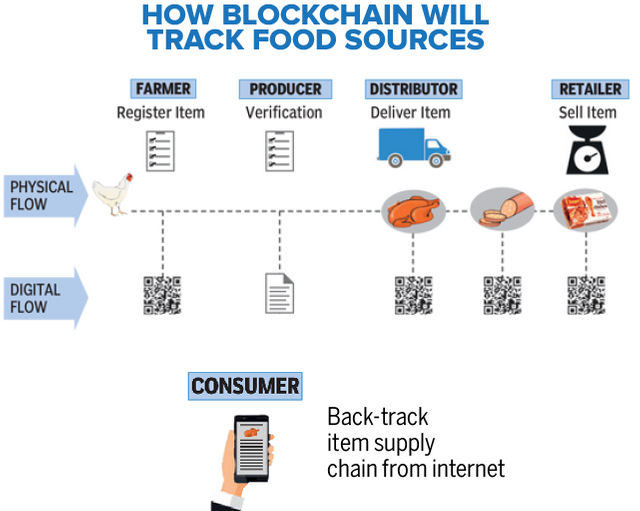
But how does it practically work?
Through the use of a simple QR code and a smartphone!
By integrating QR codes into blockchain technology, consumers can use their smartphones to scan a food package or menu at the point of sale and, via an app or browser, see how their food has travelled across the supply chain, from where it was sourced to where it was stored: as to say, from the farm to the fork!

Each item within a blockchain database is given a unique digital code or certificate which cannot be tampered with. By applying this methodology to the movement of food produce across a supply chain, it means brands will have no choice but to be completely transparent with customers.
Also, each item will have its own digital certificate, which cannot be changed or adulterated later, for instance, by a company seeking to hide the true origin and movement of the product through the chain: this is particularly useful when it comes to grey areas of food traceability, such as country of origin labelling. If consumers know a company’s labelling is backed by a traceable, immutable blockchain system, trust will inevitably increase. This will be a huge opportunity for those companies who see the advantage of early adoption of blockchain infused traceability systems and a great guarantee for consumers: even if they know food frauds and contamination would not be permanently eradicated because of blockchain, it would enable brands to deal with such incidents more effectively and quickly.
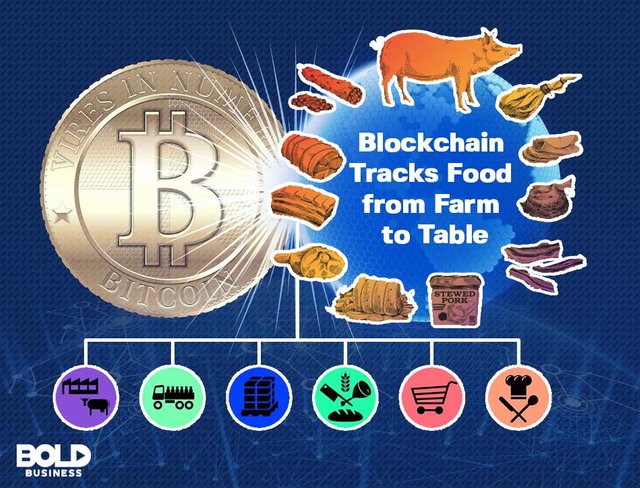
This is why The Economist baptized blockchain “The Trust Machine”.